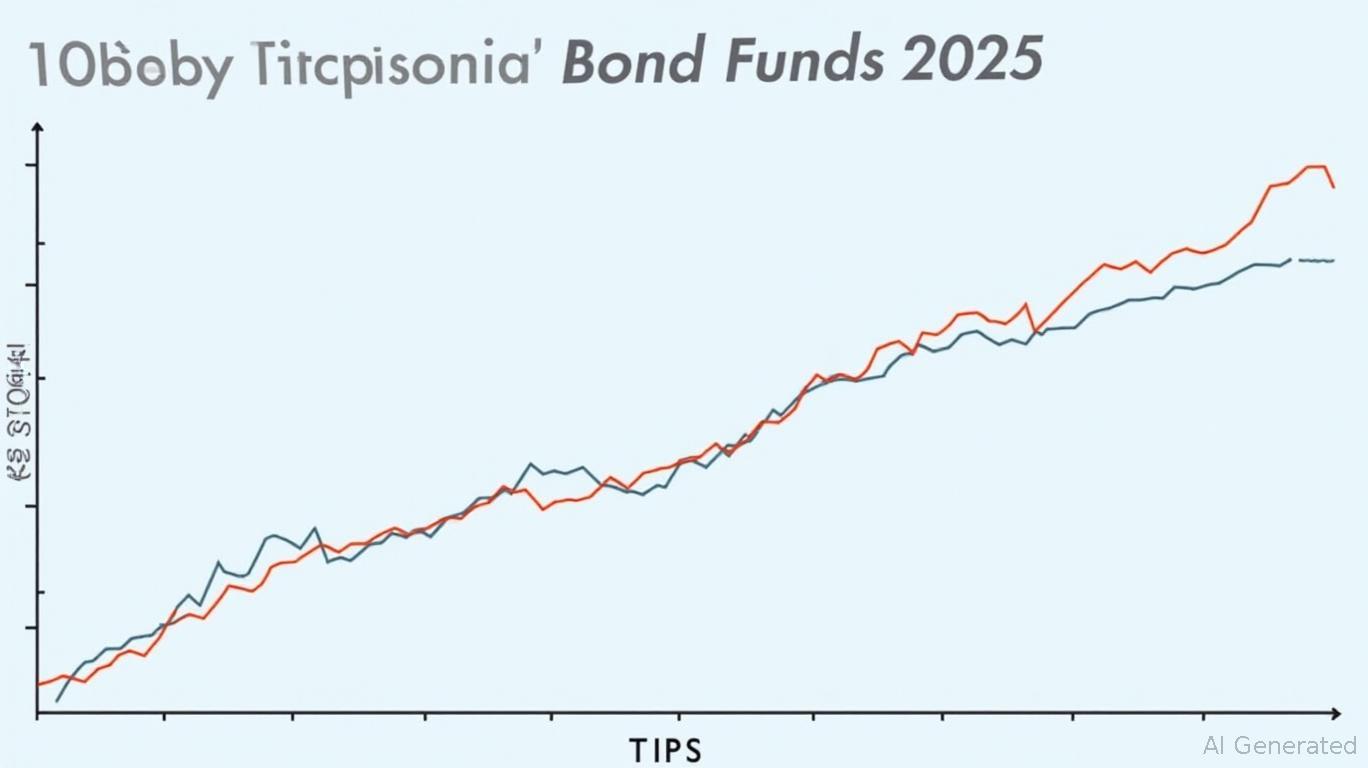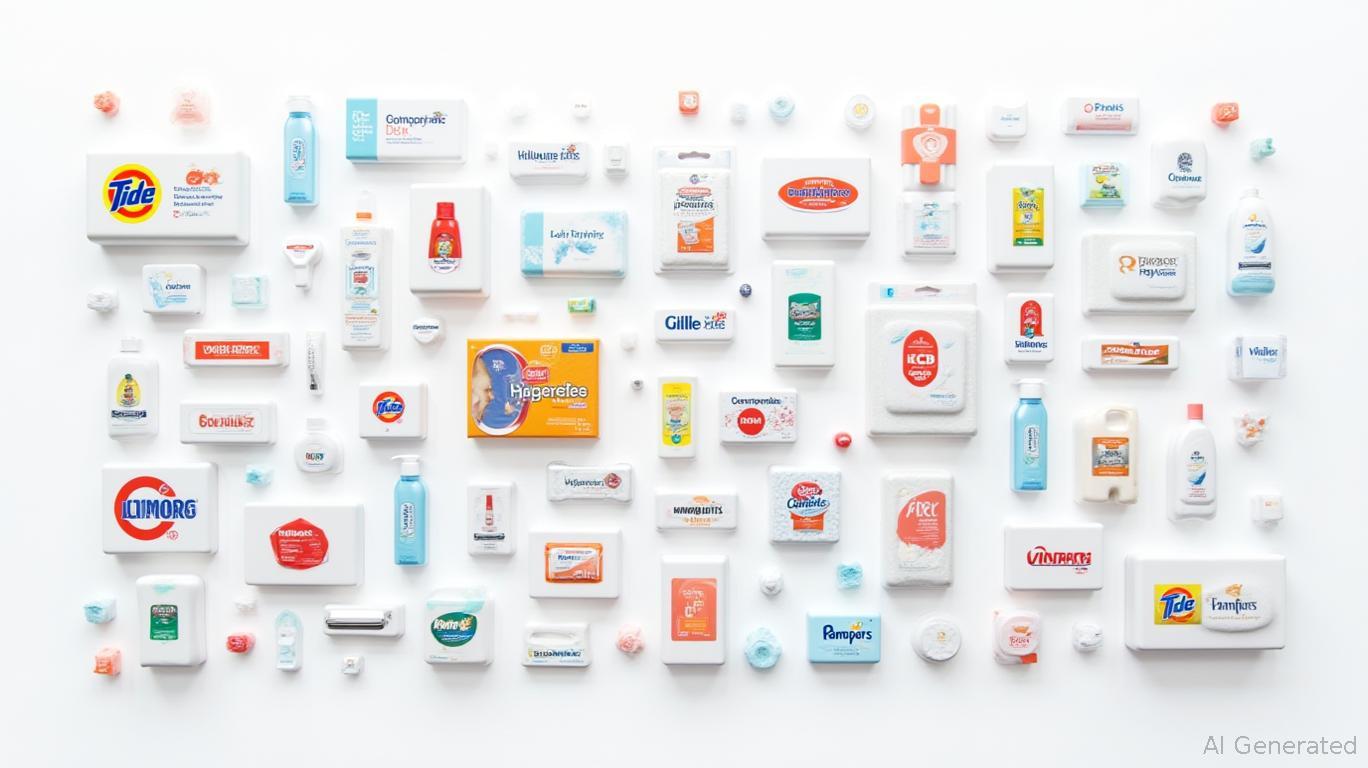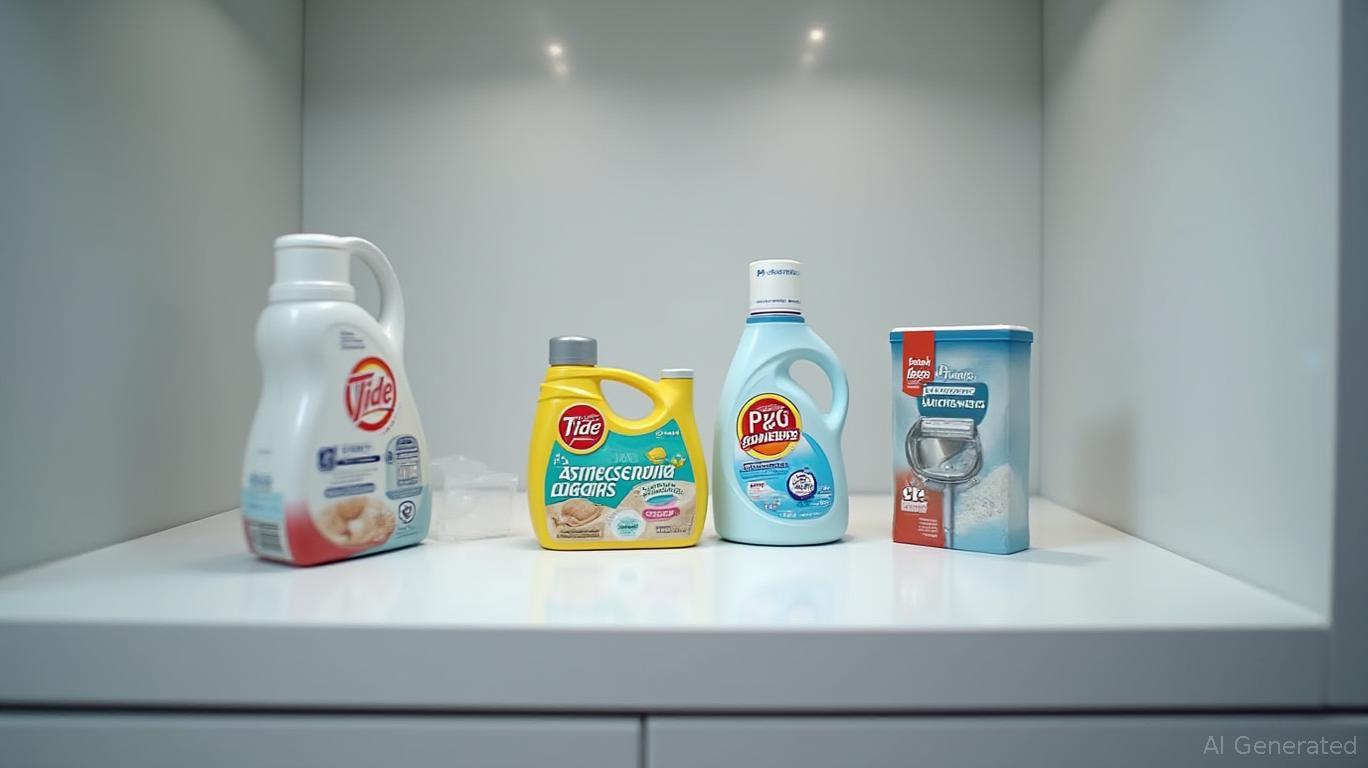Procter & Gamble's Crossroads: Can the Consumer Giant Navigate Destocking and a Slowing World?
The consumer goods titan Procter & Gamble (PG) is facing a perfect storm of challenges: U.S. retailers de-stocking, slowing global demand, and stubborn macroeconomic headwinds. RBC Capital Markets’ April 2025 analysis paints a sobering picture, projecting just 1% organic sales growth for the year—far below P&G’s own 3-5% guidance. Let’s dissect how these forces could reshape the company’s trajectory and what investors should watch.
The Destocking Drag: A U.S. Retail Crisis
The U.S. market, which accounts for roughly half of P&G’s revenue, is ground zero for inventory overhang. RBC notes that retailers are aggressively shedding excess stock, a move that’s directly pinching P&G’s top line. This isn’t just about temporary discounts—destocking is now a systemic issue.

The problem is twofold: Overstocked shelves mean fewer orders, and consumers are delaying purchases amid economic uncertainty. P&G’s CFO, Andre Schulten, admitted during Q1 earnings that U.S. destocking contributed to a 2% inventory drag in Europe and a similar pressure in the U.S. This isn’t just a hiccup—RBC warns that destocking could suppress sales for the full year.
Global Growth Stumbles: China, the Middle East, and a Slower World
While P&G’s core markets like North America and Europe show resilience (4% and 3% organic growth, respectively, excluding inventory effects), key regions are faltering:
- China: Organic sales plummeted 15% in Q1 due to market softness and brand-specific issues (e.g., SK-II’s struggles).
- Middle East: Geopolitical tensions and inflation are crimping demand.
- Emerging Markets: Weak currencies and inflation are squeezing discretionary spending, even in stable regions like Latin America.
The global slowdown is compounding these regional issues. RBC’s analysis underscores that a sluggish economy reduces consumer spending on non-essentials—precisely P&G’s bread and butter.
Betting on Long-Term Wins: Innovation vs. Immediate Pain
P&G isn’t passive. The company is doubling down on innovation (e.g., AI-driven product development) and market-share grabs, even if these investments hurt near-term profits. For instance:
- Dividends: P&G reaffirmed its commitment to shareholder returns, with a 7% dividend yield offering a safety net for investors.
- Cost Cuts: Productivity initiatives aim to offset 50% of inflationary pressures, though RBC questions if this is achievable in a slowing economy.
However, RBC argues that these moves may not offset the immediate drag. The firm’s $164 price target—unchanged since January—reflects a neutral outlook, assuming P&G’s fundamentals remain intact but near-term risks are too great to justify a premium.
The Bottom Line: A Stock Stuck in Neutral?
RBC’s analysis boils down to this: P&G’s long-term strengths (brand power, global scale, disciplined capital allocation) are undeniable. But in 2025, it’s the short-term that’s problematic. Key takeaways:
- Sales Growth Gap: RBC’s 1% organic sales forecast versus P&G’s 3-5% target suggests a potential earnings miss.
- Regional Volatility: China’s recovery is critical—every 1% decline in its sales subtracts ~$0.10 from P&G’s EPS.
- Valuation Check: At current levels (~$145 as of April 2025), PG trades at ~22x forward earnings—a premium to its 10-year average of 20x. This suggests investors are pricing in a rebound, but RBC sees limited upside until destocking eases.
For investors, the question is whether to bet on P&G’s defensive profile (dividends, stable cash flows) or wait for clearer skies. RBC’s Sector Perform rating implies the latter—hold for now, but stay alert to macro improvements or a China rebound.
Final Verdict: Proceed with Caution
P&G remains a titan, but its 2025 stumble highlights the fragility of even the strongest consumer brands in a slowing world. While RBC’s $164 price target offers hope, investors must weigh P&G’s dividend yield (~7%) against the risks of a prolonged destocking cycle.
The data is clear: If global growth doesn’t stabilize soon, P&G’s path to its 3-5% sales target could stay bumpy. For now, this stock is a hold—ideally for those who can stomach volatility in pursuit of long-term dividend stability.
















